The future of period care products – what will they look like in 20 years?
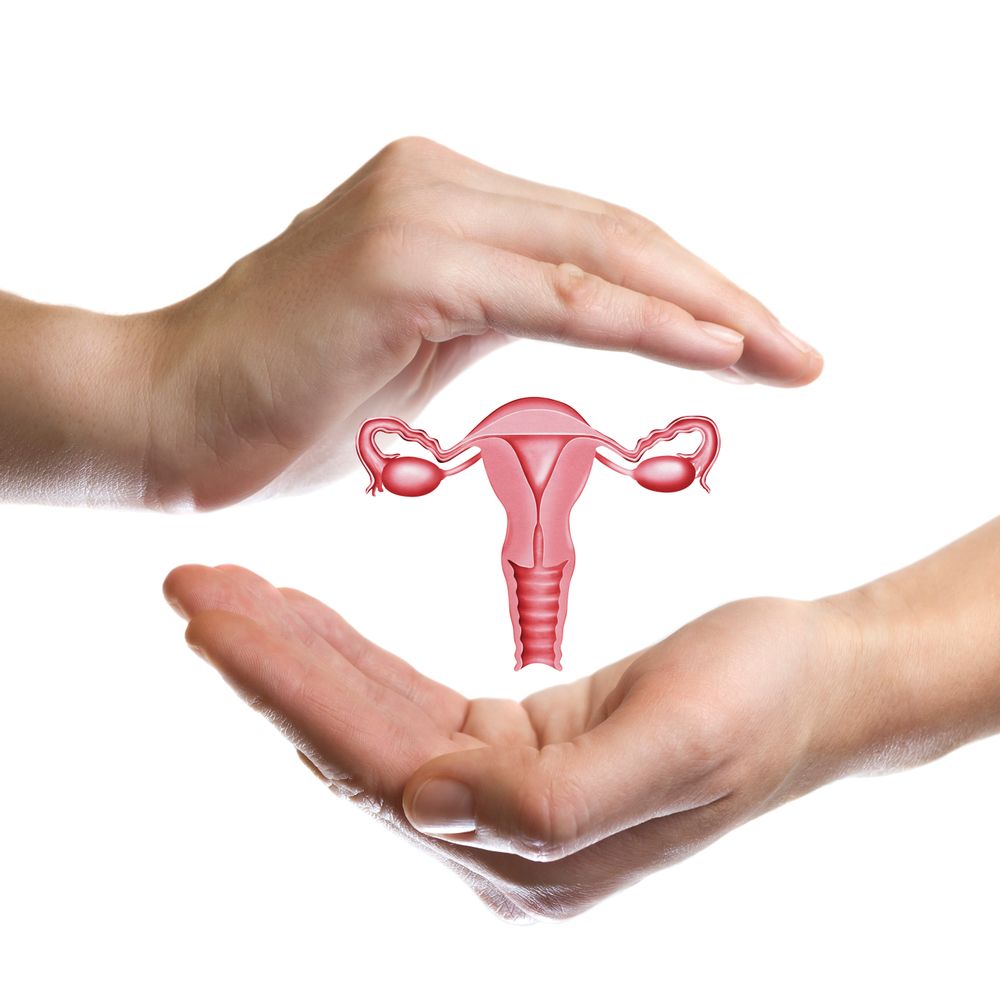
If you’re invested in the wellbeing of the environment, you’ll be well aware of the damage that plastic pollution causes on a global basis – and you may also understand the critical role that hidden plastics play in exacerbating this threat.
Because so many household products feature plastic content that isn’t immediately obvious, this often results in these items being thrown in the wrong bin – or even worse, flushed down the toilet, resulting in damage to the drains and plastic contamination in the ocean.
Among sources of hidden plastics, tampons, menstrual towels and other period care products can be some of the most troublesome.
Unlike products such as wet wipes or cotton buds, the use of menstrual products is not optional for people with periods, meaning untold millions of these items are thrown away worldwide every single month. A survey of just over 1,100 people by Lanes Group revealed that 31% of them have flushed a period care product down the toilet at least once – a percentage which, if extrapolated across the whole UK population, would be equivalent to more than 20 million women contributing to the problem.
When taking into consideration how many of these are erroneously flushed down the toilet, it adds up to a significant environmental impact at a time when the overall health of the planet is widely considered to be in serious jeopardy.
Clearly, something needs to give – and a growing number of consumers, organisations and manufacturers are realising that user habits and product design principles will have to change if this harmful cycle is going to be stopped.
As a result, shoppers are starting to see a new generation of period products emerge on the shelves, responding to growing demand for alternative approaches to period care that are kinder to the drains, the oceans and the planet as a whole – as well as often having other benefits for the users themselves.
With this evolution in mind, what could the future hold for menstrual products? What will the market look like in, say, 20 years’ time? We spoke to a panel of experts to find out, and their answers were enlightening…
The current facts about plastic waste
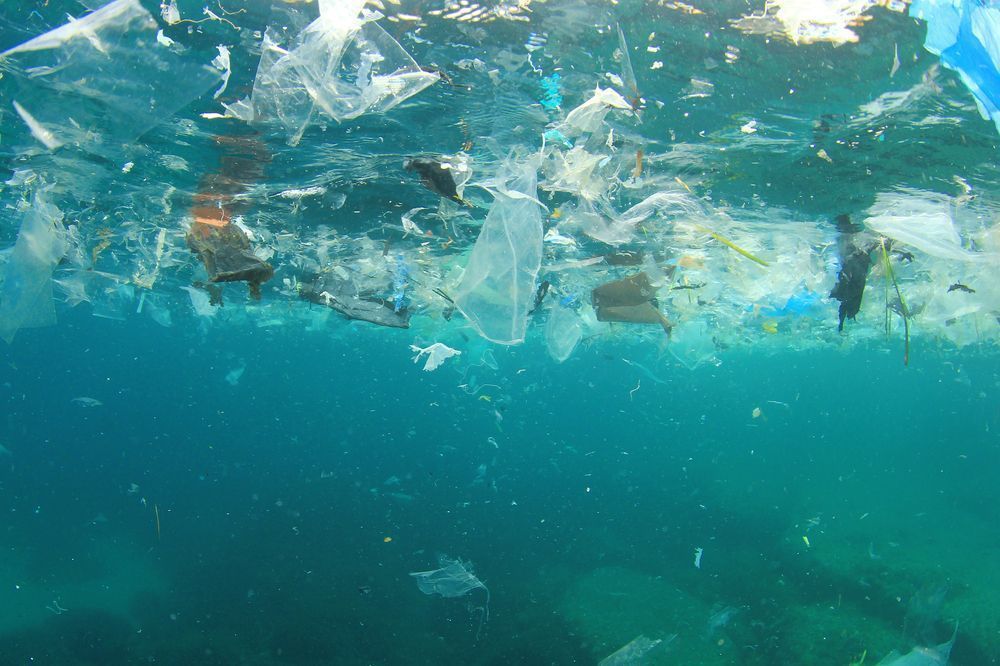
According to Friends of the Earth, plastic pollution is one of the biggest current threats to the sustainability of the global ecosystem.
Millions of tonnes of plastic waste enter the marine environment every year, where they entangle and poison marine life and destroy the habitat they require to live. From our own work here at Lanes Group, we also know that plastic waste is one of the biggest causes of sewer and drain blockages, congealing with wrongly discarded fat, oil and grease in the pipes to form monstrous fatbergs that cause immense infrastructure damage.
Experts agree that, at present, period products contribute a significant amount to the environmental burden.
Data from the Institution of Environmental Sciences indicates that around 700,000 panty liners, 2.5 million tampons and 1.4 million pads are flushed down the toilet every single day in the UK. Meanwhile, figures from DAME – a creator of reusable, eco-friendly menstrual products – suggest that on a global basis, as many as 100 billion period products are thrown away each year. This would be enough to encircle the planet 250 times.
Meanwhile, the Women’s Environmental Network (WEN) – a not-for-profit organisation empowering women to make environmentally informed choices – noted that the average woman or person who menstruates throws away up to 200kg of period products in a lifetime, which means the use of tampons, pads and applicators generates 200,000 tonnes of waste per year.
The majority of these are incinerated, while much of the rest of it ends up polluting the drains, seas and waterways – indeed, Marine Conservation Society data from 2016 showed that on average, 4.8 pieces of menstrual product waste are found per 100m of beach cleaned.
So why has this crucial, essential personal care trend been able to develop in such a damaging way? It would appear that cultural trends and a general lack of awareness about how these products are created are partly to blame.
Celia Pool and Alec Mills, the co-founders of DAME, explained: “Half of the global population menstruates, yet often periods remain taboo. The dominant category brands have established a narrative of discretion around period care, and as a result, open conversation about periods in general – let alone their environmental impact – has remained negligible.”
They added: “Much of the problem stems from the lack of transparency from manufacturers. Brands are under no legal obligation to disclose what goes into period products, and as a result very few women are aware that the products they rely on every month contain such a significant proportion of plastic, amongst other harsh chemicals and additives. A conventional sanitary towel is up to 90% plastic – that’s the equivalent of four plastic bags.”
Kate Metcalf, co-director of the WEN, expanded on this theme. She observed that many menstrual products contain toxic chemicals, additives and bleaching agents, which are potentially harmful to users, as well as the environment.
Ms Metcalf also pointed to the fact that so many of today’s most popular period products are designed for single-use disposability greatly exacerbates the environmental impact, leading to huge amounts of unnecessary waste – as well as additional expense for consumers.
She said: “The vast majority of women, girls and people who menstruate are not aware of these issues, or that their menstrual products contain plastic or other harmful chemicals. There is little awareness around reusable menstrual product options, or plastic-free and organic cotton disposable ones. This is gradually changing, though.”
Indeed, there is plenty of evidence to suggest that attitudes are beginning to shift. Analysis from Mintel shows that half of women are now aware of and concerned about the environmental impact of their period products – a sevenfold increase from 2016.
Additionally, Ms Pool and Mr Mills of DAME noted that #plasticfreeperiods was a trending topic on Twitter in 2018, while various petitions on the topic have attracted in excess of 100,000 signatures.
This suggests that consumers in the UK and worldwide are starting to take notice of the problem with the current crop of menstrual products, as well as the way they’re used – and are ready to embrace the new and improved solutions that are starting to emerge.
How are innovative new period products solving the plastic pollution problem?
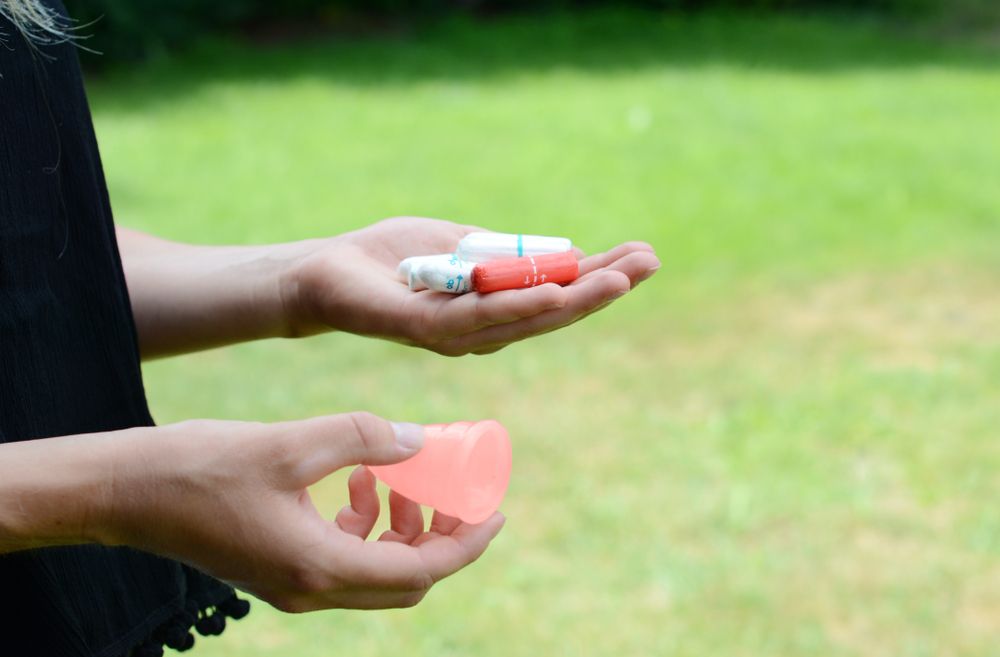
The growing awareness of the environmental damage associated with conventional period products has triggered a wave of innovative new ideas for alternative solutions that are much more eco-friendly – and often deliver greater comfort and financial savings for the end user, making them a true win-win proposition.
What’s especially encouraging is the fact that this new generation of period care products encompass a wide range of different design concepts and usage models, meaning that women may be set to benefit from greater choice than ever before.
Here are examples of the main product categories that are currently emerging:
- Organic tampons and pads – for consumers who are keen to stick with what’s most familiar to them, a selection of disposable menstrual tampons and pads are now available that are made from organic cotton, and do not feature any plastic, meaning they are fully biodegradable.
Example brands: TOTM, Natracare, Hey Girls, Flo, OHNE, DAME
- Menstrual cups – these medical-grade silicone cups collect the flow of blood instead of absorbing it, meaning it can be easily washed and reused for up to a decade. The savings this provides compared to regularly buying tampons can be considerable, and the entire process creates zero waste beyond the initial manufacturing.
Example brands: TOTM, Kegel8, Mooncup, Intimina Lily Cup, DivaCup
- Washable cloth pads – cloth pads work the same way as disposable pads, except these can be reused simply by rinsing them in cold water or adding them to a normal washing load. Again, they contain none of the plastic or chemical content of disposable pads, and create no waste.
Example brands: Lady Days, Feminine Wear Ltd, Honour Your Flow
- Period pants – washable period pants resemble conventional underwear but come with built-in absorption technology, meaning they function similarly to a menstrual pad. They can be worn for up to eight hours and hold much more liquid than standard tampons and towels, eliminating the need for plastic, while also offering convenience benefits.
Example brands: WUKA, Flux, Modibodi
- Eco-friendly accessories – in addition to these, a range of new period accessories are emerging with similarly eco-friendly principles. These include DAME’s flagship product D, the world’s first reusable tampon applicator, and the biodegradable tampon and pad disposal bags sold by FabLittleBag.
Although many of these brands are relatively new to the market, their initial performance offers plenty of evidence to suggest that the pent-up demand for affordable, convenient and eco-friendly period care solutions is considerable:
- DAME exceeded its crowdfunding target on Kickstarter by 500%, with backers from over 50 countries. The company subsequently secured a nationwide listing at Waitrose and won a prestigious Dezeen Design Award
- TOTM, with its line of 100% organic cotton tampons and pads, has received coverage in publications including the Guardian, the Telegraph, Women’s Health,
- Grazia, Cosmopolitan, Glamour and the Huffington Post. They are also currently the only organic period care brand available through Tesco
- FabLittleBag was presented with a Water Dragons award by the Future Water Association in 2017, after impressing a panel of senior water company executives and industry specialists with the eco-friendly nature of their products
- Natracare has reported a significant increase in sales in the last year, as awareness of its eco-friendly tampons and pads rises
The plastic pollution campaign group City to Sea recently featured on BBC Women’s Hour talking about its Plastic-Free Periods campaign, resulting in a 300% sales increase for reusable pad company Honour Your Flow in the three days following the feature - Kegel8 – a company that develops pelvic floor exercisers to treat incontinence as an alternative to towels and tissues – has become the UK market leader in its category, and expect their products to save money for the NHS, while also reducing plastic waste. They have also recently been able to launch their own menstrual cup
- Google searches for ‘menstrual cup’ have risen by 300% in the last five years; the market for these products is growing at 5% a year and rising
According to DAME founders Celia Pool and Alec Mills, many of these products have actually existed for some time, but have previously seen relatively slow adoption rates. They explained: “Our consumer research has shown that fear of habit change is a primary barrier. Periods can be pretty miserable at the best of times, and that’s without the hassle of adjusting to new means of dealing with them.”
The recent rapid evolution of this market may suggest that these attitudes – and old habits – are finally starting to change.
What will the period care market look like in 20 years?
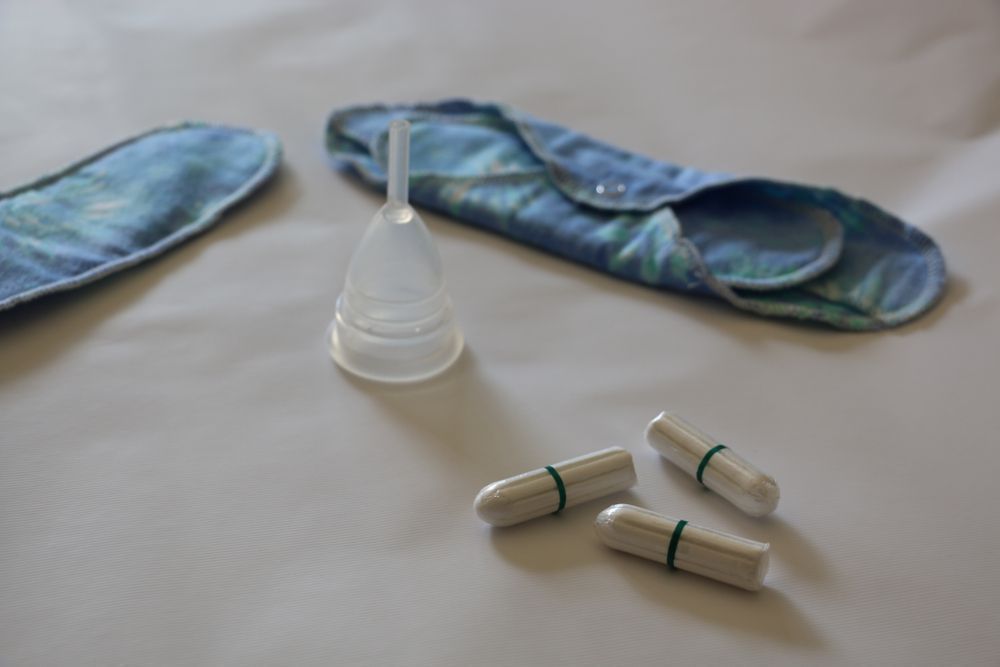
With the newest generation of menstrual products solutions gaining traction, the possibility arises that future developments will help to reduce the reliance on environmentally damaging single-use plastics even further, making it easier than ever for people with periods to look after their health and hygiene without an adverse effect on the planet.
With this in mind, what might the future of the period care market hold in 20 years or so?
The experts we asked took an adventurous and optimistic view, predicting that manufacturers and consumers will continue to build on the advances seen in recent years to deliver convenient, green and truly mainstream period care options across the world.
Jasmine Tribe, campaigns coordinator at City to Sea, expressed excitement about the “fast and exciting” evolution of the market at the moment, and elaborated: “I want to see toxic-free, empowering products that are accessible and environmentally sustainable for everyone who has periods. What would really excite me is seeing a product in bathrooms that makes washing and sterilising reusables easy and available to all – I think this would open up the idea of reusables to anyone who has doubts about their practicality in everyday life.”
Ms Pool and Mr Mills from DAME went further, setting out a goal to make DAME the first carbon-neutral period brand, while also expressing a hope that the menstrual product market of the future will be much more transparent about what goes into products, and what their impact on personal and environmental health might be.
They added: “Reusable period products must become mainstream if we are to address the health of our planet, but undoubtedly there will still be a need for single-use products. In this case, we hope that we reach a stage where consumers fully reject the inclusion of plastics and synthetics in their period products, and that organic, biodegradable products become industry standards. With an increasing number of women using period products globally, this is as important as ever.”
Meanwhile, Kate Metcalf from the WEN outlined an ambitious vision for a future in which reusable menstrual products become the preferred option for most people, with widespread availability of different brands of menstrual cups, cloth pads and reusable period underwear helping to bring down costs. This would also end the market dominance of larger corporate manufacturers, who would have to adapt to these new changes or risk losing their customers.
She also indicated a desire to see harmful plastics and antimicrobials eliminated or banned from all products, including any disposable menstrual products remaining on the market. This would lead to safer and more efficient manufacturing practices, greater consumer awareness about the impact of single-use plastic products, and a significant reduction in plastic and chemical pollution in rivers, seas, beaches and soil.
Additionally, Ms Metcalf expressed optimism that these changes could have wider social implications, saying: “The phrase ‘feminine hygiene’ will be obsolete and considered very 1950s! The idea that periods are somehow unhygienic will seem very outdated and patriarchal.
“The rise of the reusables will help to tackle period poverty, making this a thing of the past. Period taboo and stigma will also be gone, so that girls, women and people who menstruate can manage their periods more easily. Seeing menstrual blood will no longer be a taboo in society, which will lead to more uptake of reusable options such as the menstrual cups and washable pads.
“Access to menstrual products will be seen a basic right, so these products will be provided free by the government, similar to the way that condoms are provided by health services now.”
How can we bring about a brighter future?
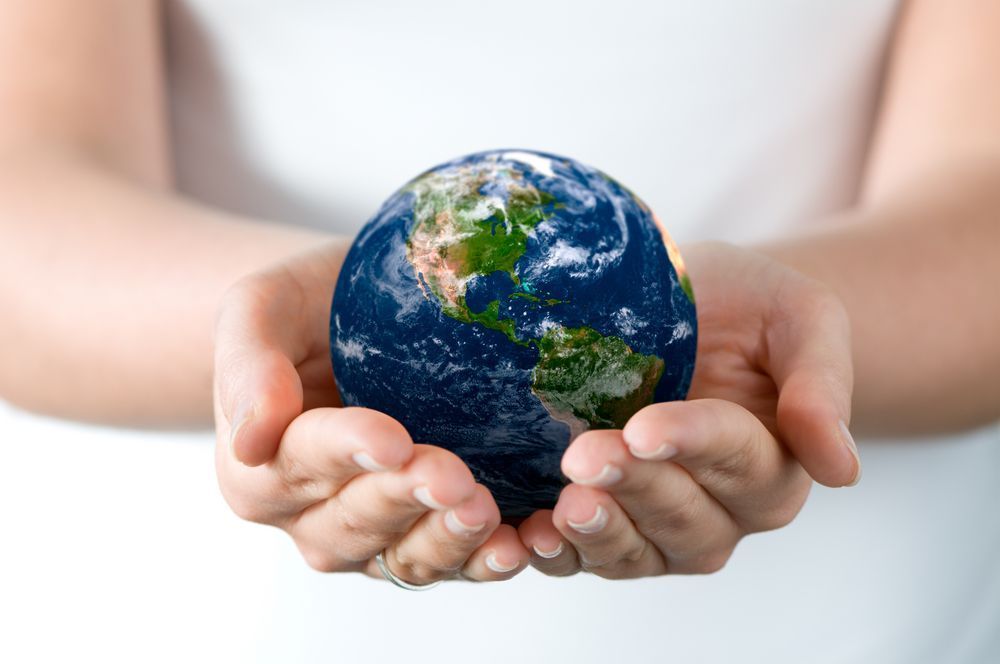
It’s clear from these bold predictions that the recent changes in the way period products are made and sold could be paving the way for significant environmental, societal and economic improvements in the not-too-distant future.
While that’s a hugely encouraging prospect, it’s important for women and users of menstrual products to remember that it’s up to them to start making the necessary changes to their habits as soon as possible.
By swapping single-use period products for plastic-free alternatives, and educating themselves more broadly on the dangers of hidden plastics in single-use household goods, consumers can massively reduce the volume of plastic making its way into sewers and polluting the oceans. At the same time, they can find ways to improve their own health and hygiene – and save significant amounts of money in the process.
Taking the right actions today can help bring the future of period products one step closer to reality, so there’s no reason not to act now!
Acknowledgements
Lanes Group would like to thank the following organisations for contributing their expertise to this feature:
- The Women’s Environmental Network – read more about their Environmenstrual campaign, Environmenstrual Coalition and Environmenstrual Week event
- City to Sea – read more about their Plastic Free Periods campaign
- Friends of the Earth – read more about their research on plastic pollution
- DAME – read more about their work
- Kegel8 – read more about their work and their newest product, the Kegel8 Menstrual Cup
- TOTM – read more about their work








[…] looking for information on alternatives to traditional period products should take a look at our article which explores what items are currently available, and what the future might look […]
[…] [11] https://www.lanesfordrains.co.uk/global/news/future-period-care-products-will-look-like-20-years/ […]
[…] [12] https://www.lanesfordrains.co.uk/global/news/future-period-care-products-will-look-like-20-years/ […]